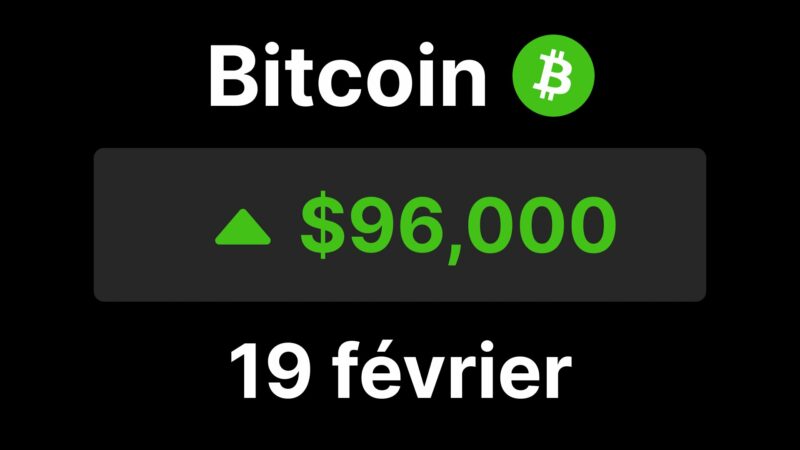Four whales are said to have caused a short squeeze on Hyperliquid, wiping out $17 million of positions and pocketing $46 million in profits on the pre-launch token XPL.
An orchestrated short squeeze by whales on Hyperliquid
Tuesday night, Hyperliquid experienced a trading episode straight out of extreme trading manuals. The pre-launch market for the XPL token surged by 2.5x in a matter of minutes, only to plummet just as rapidly. The culprits were a few whales who swept through the order book, triggering a cascade of liquidations. The result: over $17 million of positions wiped out, mostly on the short side, as many investors opted to hedge their XPL investment. According to CoinGlass, only four addresses were reported to have orchestrated this short squeeze, pocketing nearly $46 million in profits.
At the same time, XPL was trading as high as $1.80 on Hyperliquid, while the same asset was capped at $0.55 on Binance’s pre-market platform. The discrepancy perfectly illustrates the extreme volatility of these perpetual contracts known as “hyperps” offered by Hyperliquid.
Plasma, a project already under pressure
XPL is not officially listed yet. It is the token of Plasma, a blockchain focused on stablecoins and backed by Bitfinex and Tether. The project raised nearly $373 million in just ten days this summer, setting a record for an emerging Layer 1. But this premature surge is already putting Plasma in the spotlight: even before its actual circulation, its token has become a playground for speculators and whales.
Hyperliquid defends its model
Amidst criticisms, Hyperliquid clarified that there were no bugs, no unrecoverable debt, and the system functioned “as intended.” Liquidations initially occurred through the order book before auto-deleveraging (ADL) kicked in, a final mechanism that redistributes losses by reducing winning traders’ positions. The platform also emphasizes margin isolation: losses were contained within the XPL market without affecting other assets.
“Pre-launch markets are inherently unpredictable,” the team reminds. In other words, users are forewarned; the documentation mentions risks of low liquidity, extreme volatility, and massive liquidation events.
Two new safeguards
To address concerns, Hyperliquid announces two key measures. Firstly, a hard cap: the mark price of an hyperp cannot exceed 10x the eight-hour exponential moving average. The goal is to provide more visibility to short traders on worst-case risk scenarios. Secondly, the mark price will now integrate external data from other perpetual markets on the same asset, like Binance’s market for XPL. This is a way to bolster price resilience in ultra-thin liquidity environments.
Hyperliquid asserts that these new rules would not have prevented this week’s episode. The real answer, according to them, is simple: more liquidity to mitigate the impact of occasional manipulation.
A revealing paradox for the market
This episode encapsulates the dilemma of decentralized markets: permissionless, open to all, yet vulnerable to the movements of a few dominant players. Some observers fear that trust in Hyperliquid’s pre-market model may be undermined. Others point out that the platform adhered strictly to its rules, without breaching its contract with users.
Ironically, despite the chaos, Hyperliquid’s native token, HYPE, surged by over 10% in 24 hours, reaching a new all-time high around $51, partly due to fees generated from liquidations converted into buybacks. Speculation remains strong, evidence that in the crypto universe, risk doesn’t deter, it attracts.




